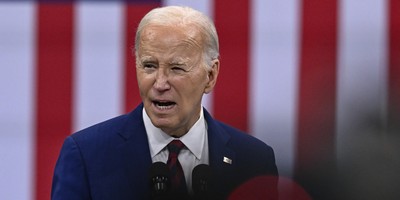With Halloween this week, one might assume that orange and black are the hands-down winners for favorite marketing décor. Yet pumpkins and witches hats have a formidable challenger in the pink ribbons signifying breast cancer awareness month, which currently adorn everything from grocery shelves to athletes’ uniforms.
The purpose behind breast cancer awareness month and the pink ribbon campaign is noble: to raise awareness about the risk and prevalence of breast cancer and build support and funding for continue research for treatments and ultimately a cure. Sadly, however, some seem to want to use the occasion not for education, but to spread misinformation about what scientists believe contributes to cancer.
Some feminist organizations and breast cancer groups are calling the pink ribbon campaign a “sellout” for allowing products that use commonly used chemicals to sport the pink ribbon. Certainly it would be a mixed message if the pink ribbon graced a pack of unfiltered cigarettes or rot-gut whiskey. But allowing canned goods, everyday cosmetics, and other household items that contain harmless amounts of chemicals to support breast cancer awareness month by featuring a pink ribbon is not just okay, but to do otherwise would send the wrong message about consensus views on what causes—and doesn’t cause—breast cancer.
Ms. Magazine, for example, objects to the pink ribbon being used on cosmetic products that contain phthalates, which they argue are linked to increased rates of cancer. Yet there is very little to suggest that normal use of phthalate-containing personal care products is really associated with heightened risk for cancer. And in fact, while campaigns like the Campaign for Safe Cosmeticscontinue to warn readers about phthalates, the Food and Drug Administration describes a long list of studies that have been conducted on phthalates that have never found any link to adverse health effects.
Recommended
Thechemical Bisphenol A (BPA), which is used in shatterproof plastics, DVDs, and ski goggles, as well as to line canned foods to keep them fresh, has come under similar attack. Trace elements of BPA can be absorbed into food. Yet study after study has shown the miniscule amounts of BPA consumed through such normal, everyday uses have no impact on human health. Unfortunately, groups like the Breast Cancer Fund ignore that research, and continue to try to convince womenthat eating a can of Campell’s soup jeopardizes your health.
It would be one thing if such tactics just unnecessarily scared people and boosted sales of BPA-free foods and household items. Those BPA-free products tend to cost more and may not function as well, but it’s up to individual moms and dads if they want to use more of the family budget to avoid certain substances, even if the science suggests it’sunnecessary.
Yet the fear-mongering around certain substances also leads to a misallocation of resources that could be identifying the real drivers of cancer or new treatments and cures. Between 2009 and 2012, National Institute of Health grant funding increased about 2.6 percent. NIH’s breast cancer research fared much better, increasing by 13 percent. Yet BPA-related research did the best of all, rising more than 135% during that time frame.
In fact, thousands of studies have been conducted on BPA’s impact, and none have ever shown harm from normal use. How many more studies do taxpayers have to pay for, for activists to be satisfied that normal use of BPA is safe? Given that the paucity of evidence that BPA really presents a risk, wouldn’t these extra research dollars be better targeted elsewhere, such as to additional research on new treatments for diseases like breast cancer?
Cancer is a scary disease. Since early detection can be key, it’s important that everyone should be aware of symptoms of disease like breast cancer and take action to try to keep themselves healthy. Yet activists who create boogie men out of harmless products don’t advance the cause of better healthy; they create distractions that impede real progress.

























Join the conversation as a VIP Member